
Question and Answers Forum
Question Number 103945 by bobhans last updated on 18/Jul/20
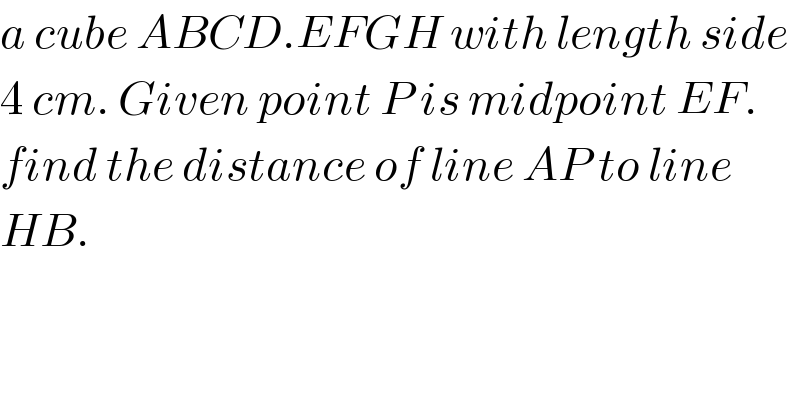
Answered by bramlex last updated on 18/Jul/20
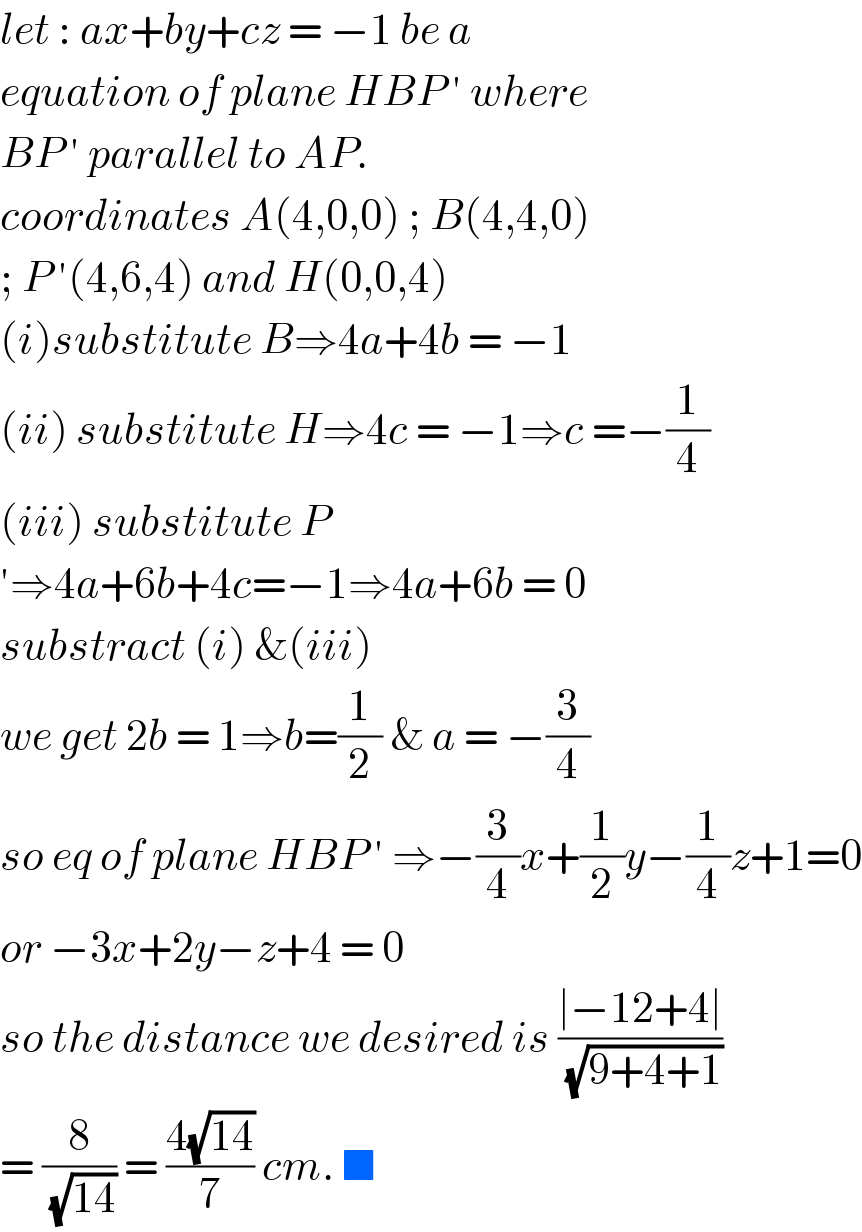
Commented by bramlex last updated on 18/Jul/20
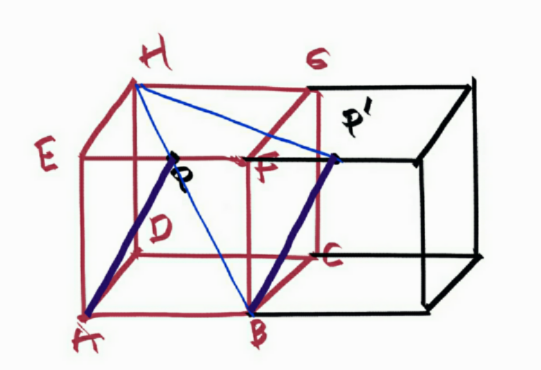
Commented by bobhans last updated on 18/Jul/20

Answered by mr W last updated on 18/Jul/20
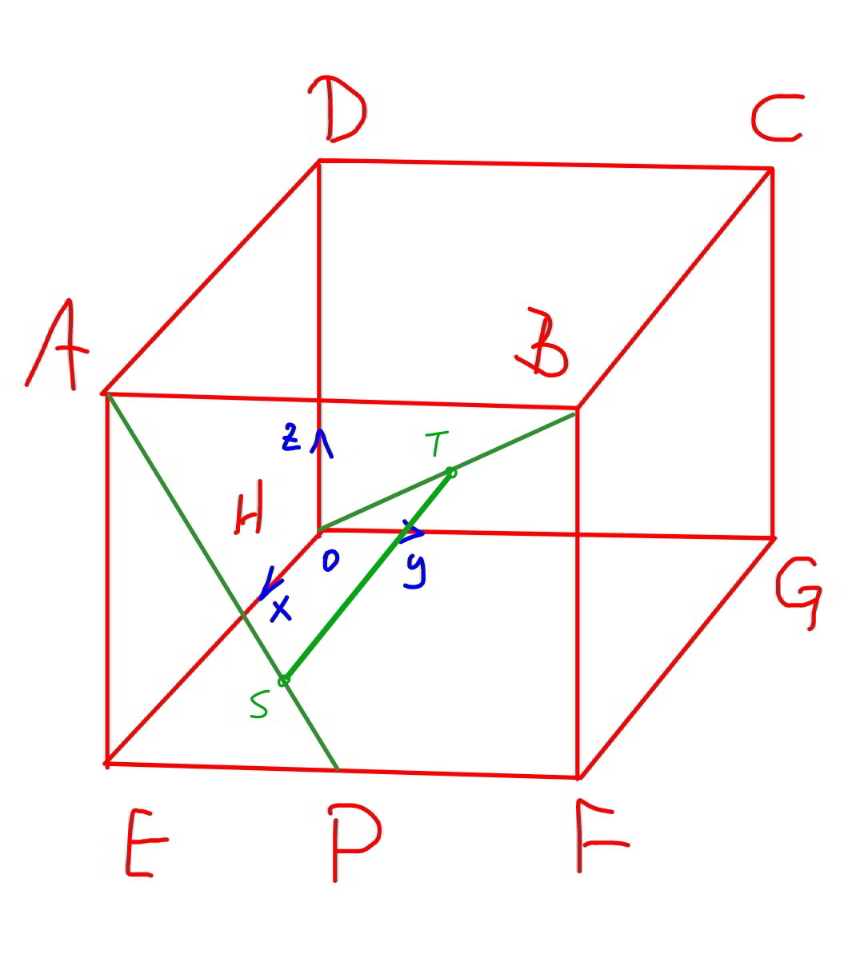
Commented by mr W last updated on 18/Jul/20
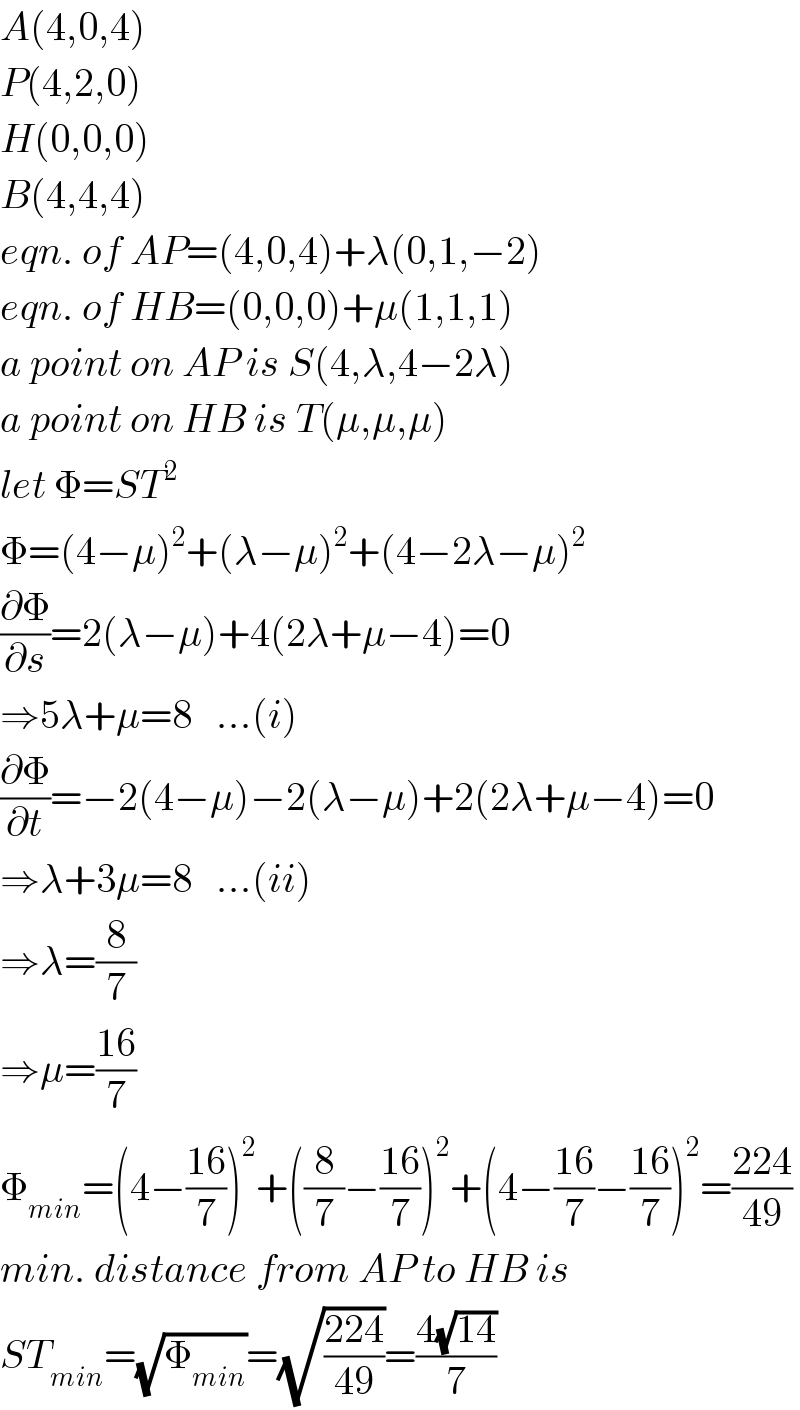
Commented by bobhans last updated on 18/Jul/20

Commented by bobhans last updated on 18/Jul/20

Commented by mr W last updated on 18/Jul/20

Commented by bramlex last updated on 18/Jul/20

